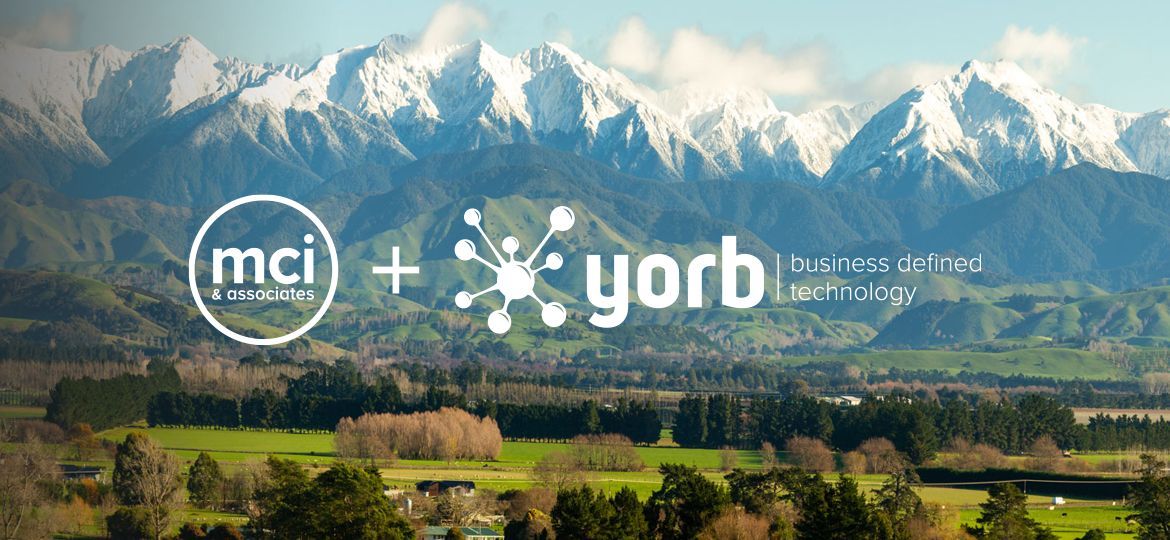Hybrid Working with Microsoft Teams Rooms: A Comprehensive Solution
Chris Webb • September 4, 2023
The advent of hybrid work models has brought about a shift in the way businesses operate. Striking the right balance between remote work and in-office collaboration requires a robust technological solution. Microsoft Teams Rooms have emerged as a transformative tool, addressing the challenges of hybrid work and revolutionising the workplace.
Hybrid work has swiftly moved from being a contingency measure to a strategic choice for businesses; offering employees the flexibility to work both remotely and in the office. Hybrid working models ensure productivity, job satisfaction, and operational efficiency. However, effective implementation hinges on seamless communication and collaboration across physical and virtual spaces.
Empowering Hybrid Work with Microsoft Teams Rooms
Microsoft Teams Rooms are purpose-built meeting spaces equipped with advanced audio, video, and conferencing capabilities. Here's how they elevate the hybrid work experience:
Intuitive Integration:
Teams Rooms seamlessly integrate with Microsoft Teams, a leading collaboration platform. This integration ensures that meetings, chats, and files are unified under one platform, simplifying communication and enhancing teamwork.
Immersive Collaboration:
These rooms offer a rich collaborative experience with features like high-definition video conferencing, large interactive displays, and touch-enabled controls. This setup bridges the gap between in-person and remote participants, fostering active engagement.
Effortless Connectivity:
Teams Rooms eliminate the hassle of setting up equipment before a meeting. With one-touch join functionality, participants can swiftly connect to scheduled meetings, saving time and eliminating technical disruptions.
Enhanced Audio and Video:
Crystal-clear audio and high-quality video are paramount for effective communication. Teams Rooms utilise advanced microphone arrays and cameras to ensure that all participants, regardless of their location, have a clear presence in the meeting.
Intelligent Content Sharing:
Sharing presentations, documents, and ideas is seamless with Teams Rooms. Intelligent content cameras automatically frame whiteboards and shared materials, ensuring remote participants don't miss out on crucial details.
Inclusive Collaboration:
Teams Rooms prioritise inclusivity by providing equal participation opportunities to both in-person and remote attendees. Everyone can contribute, ask questions, and collaborate in real time.
Data Security and Compliance:
Microsoft Teams Rooms uphold stringent security and compliance standards, safeguarding sensitive information and ensuring that hybrid working doesn't compromise data integrity.
Addressing Challenges and Considerations
While Microsoft Teams Rooms offer a comprehensive solution, organisations must address potential challenges such as initial setup, training for optimal utilisation, and addressing varying technological competencies among employees. Additionally, ensuring a comfortable balance between remote and in-person interactions is essential for fostering a cohesive work culture.
Conclusion
In the era of hybrid work, businesses need adaptable solutions that bridge the gap between physical and virtual workspaces. Microsoft Teams Rooms not only facilitate communication but also foster collaboration and engagement. By seamlessly integrating with Microsoft Teams and offering an immersive meeting experience, Teams Rooms empower organisations to embrace hybrid work confidently. As the workforce landscape evolves, investing in Microsoft Teams Rooms is an investment in the future of work—an investment that paves the way for efficient, connected, and successful hybrid work environments.
Recent Posts




